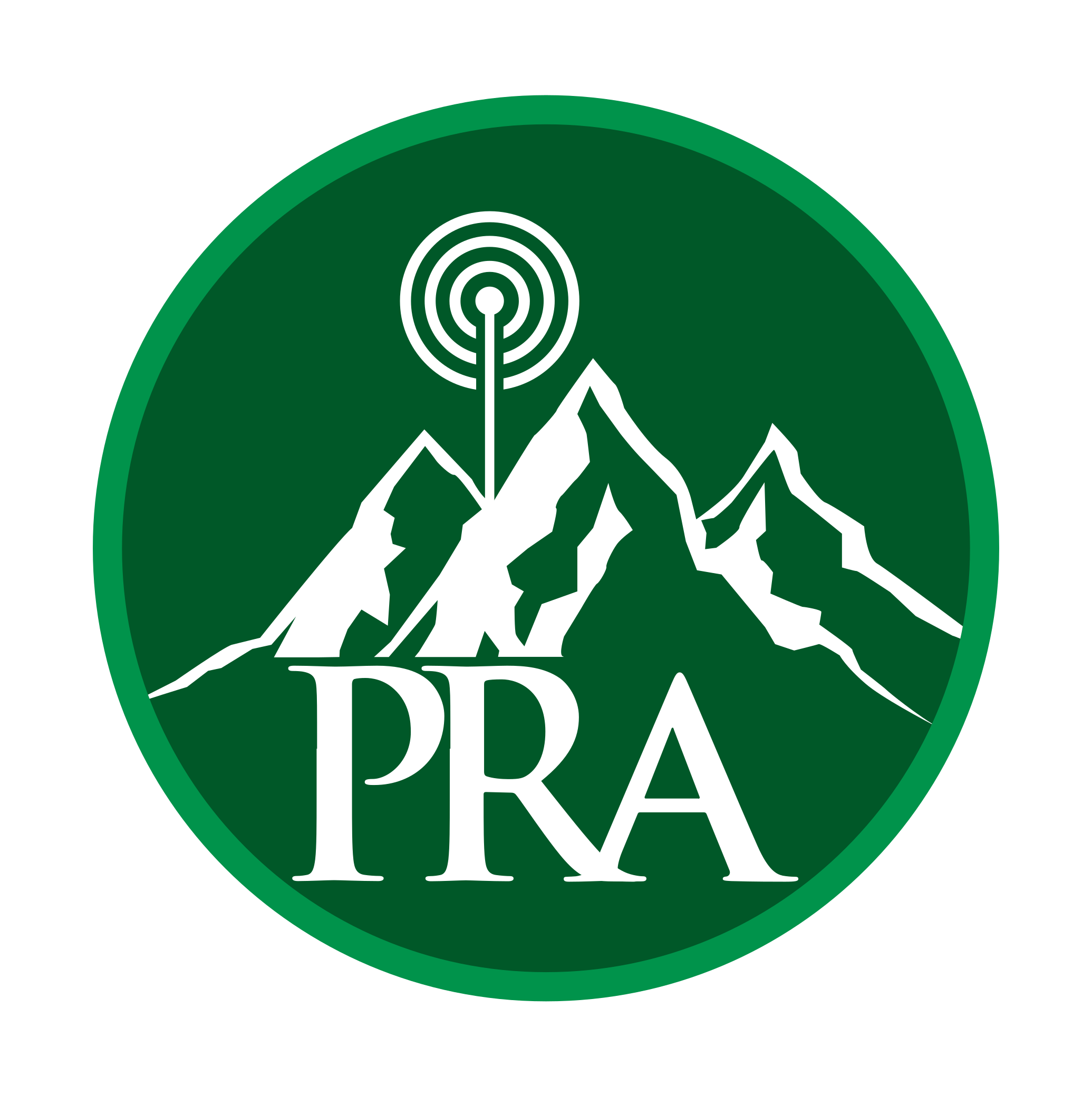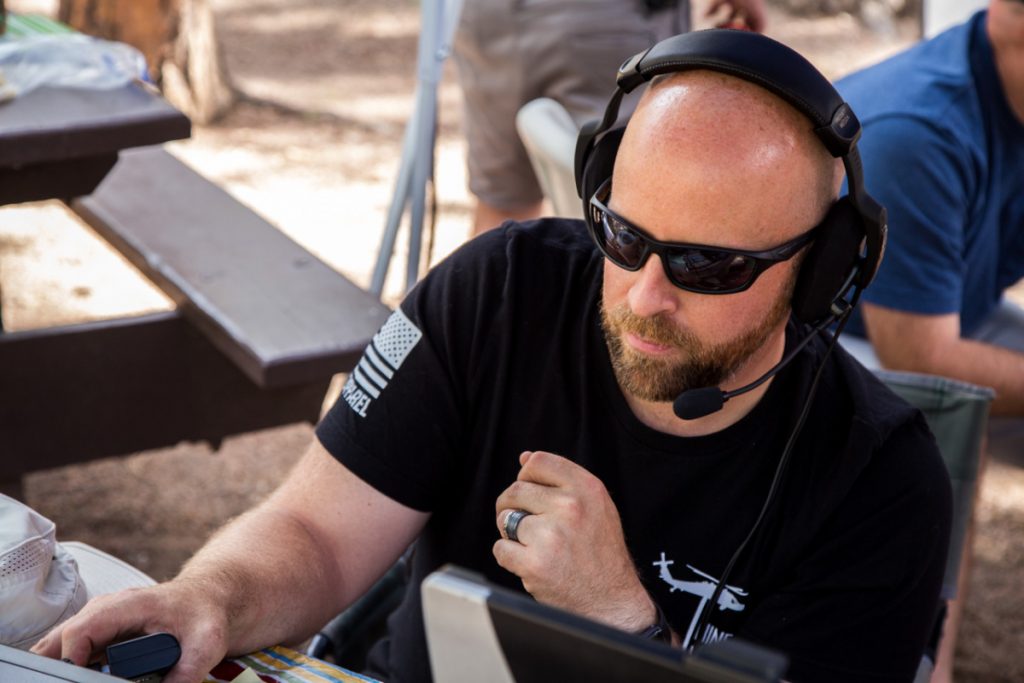
To those not familiar with Amateur radio, the service can be a complicated mix of technology and jargon. Too often, when people ask ham radio operators what that (or these) radios are all about, we provide an information dump and try to share every tidbit of information we can in that short window of opportunity to engage our audience. There is a beauty in the way people can make the complex simple. I had many of educators that were masters at that skill. All too often, they would remind me to not try and make the simple complicated, but make the complicated simple. As skilled ambassadors to the amateur radio service, it is important for us to not only share out time, talent, and treasures, but we should also share our knowledge of amateur radio in a way that brings simplicity to our very technical arena.
Professionally, one of my favorite exercises is the practice of an elevator speech. At its core, an elevator speech is typically used in career development where you provide a very brief (typically 30-seconds) way to introduce yourself, give insight (not an overview) of your career and what you are looking for that is in common with your audience. For those not familiar with elevator speeches, think of having a conversation in a typical elevator ride…you typically have less than 30-seconds. The intent is to stimulate interest, transition that interest, and share a vision. Recently, I had the opportunity to practice an elevator speech through a Workforce Commission Board of Directors event where I had 30-seconds to explain what the Workforce Commission was, who was involved, and what we do as a group of professional volunteers. After a few minutes of coaching, this room full of Executives were able to showcase and roleplay their talents in adlibbing their elevator speech.
At the conclusion of the event, as I was beginning my drive home, I powered on my mobile radio for a typical drivetime QSO. As I powered the radio, it dawned on me; do amateur radio operators have an elevator speech to briefly describe amateur radio that is stimulating, interesting, and casts a vision? What about when people see you with your Parker Radio Association shirt and ask, “what is the PRA?” Are our answers long, drawn out, and full of technological jargon? Or, is our response short, yet stimulating, that provides interest and a vision?
As my wonderful teachers of years gone by guided me in not making the simple complicated, so too do we as amateur radio operators need to embrace simplicity in our explanations. As technology advances, amateur radio will become increasingly more technical, which is exciting. Ambassadors to amateur radio will not only embrace these technological advancements, but will be able to provide basic and simple responses, to those unfamiliar with the service, that remains stimulating, interesting and casts a vision.
As I practiced my concept of an amateur radio elevator speech with Mrs. SRK, she told me, “honey, that sounds amazing and very, very interesting, but you’re still a nerd.” The good news is that I was able to stimulate some interest, transition that interest, but I did not quite share a common vision. That is OK, because it gives me something to work towards improving.
What is your amateur radio elevator speech? What does your PRA elevator speech sound like?
73,
Dan – N2SRK
President
Parker Radio Association

